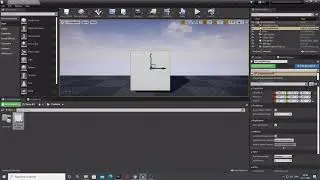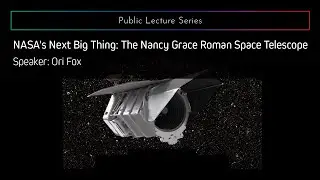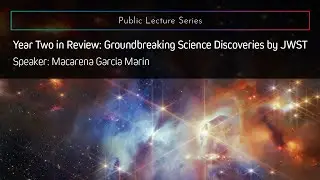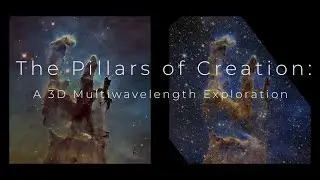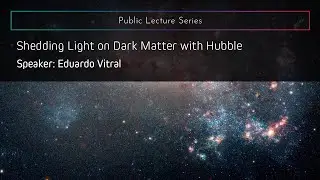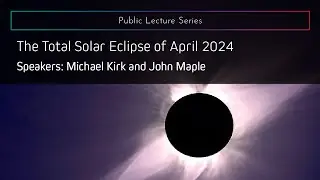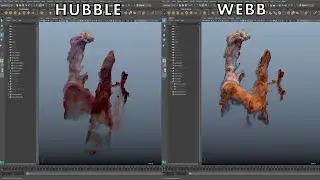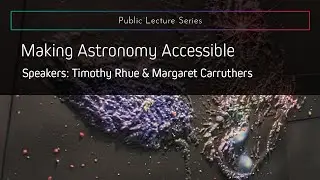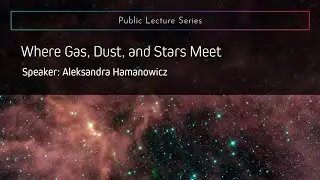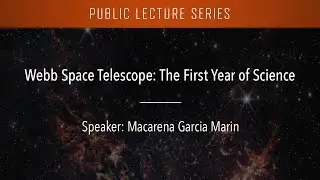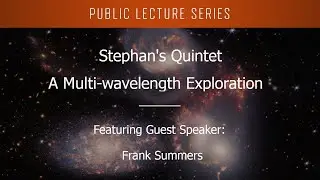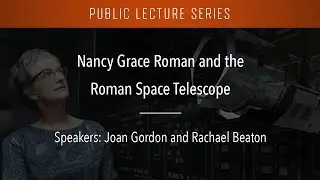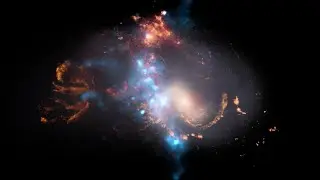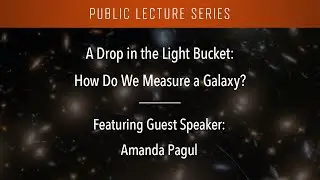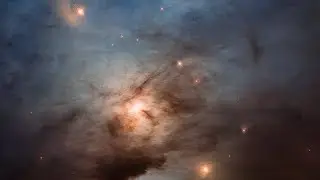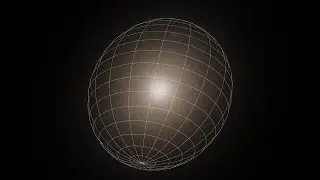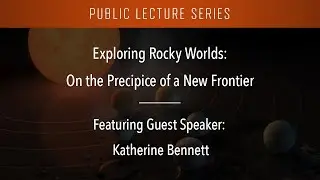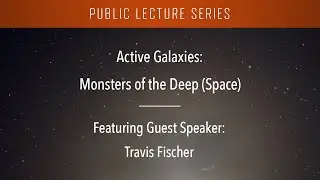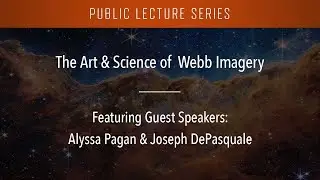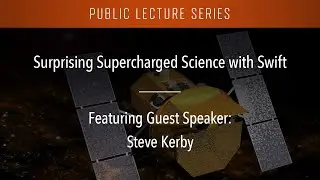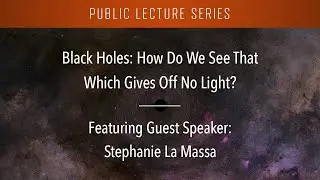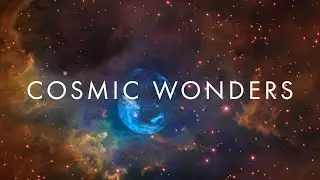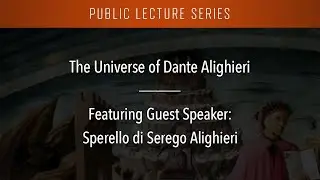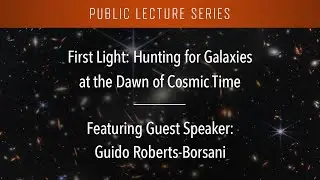Shedding Light on Dark Matter with Hubble
Eduardo Vitral, Space Telescope Science Institute
Dark matter plays an elusive role in the universe, especially in its gravitational influence within dwarf galaxies. Despite being invisible, dark matter's presence can be inferred through its gravitational effects on galactic structures and the motions of stars. Traditional observational techniques have provided only partial insights into these effects, leading to debates that question the details of how dark matter is distributed within galaxies.
Data from the Hubble Space Telescope has enriched our understanding by allowing for the measurement of stars' movements in three dimensions. This analysis offers refined evidence to support current theories of dark matter distribution, and contributes meaningfully to the ongoing dialogue between theoretical predictions and empirical observations. Dr. Vitral will detail how these advancements in observation techniques have improved our understanding of dark matter's nature, marking a significant step forward in the study of our universe.
News from the Universe starts at 3:35
Main talk starts at 10:50
Host: Frank Summers, Space Telescope Science Institute
Recorded live on Tuesday, May 7, 2024
More information: www.stsci.edu/public-lectures



![Days of Steel: [10] AISC Manual Challenge](https://images.videosashka.com/watch/5-U2WTGwIB8)

